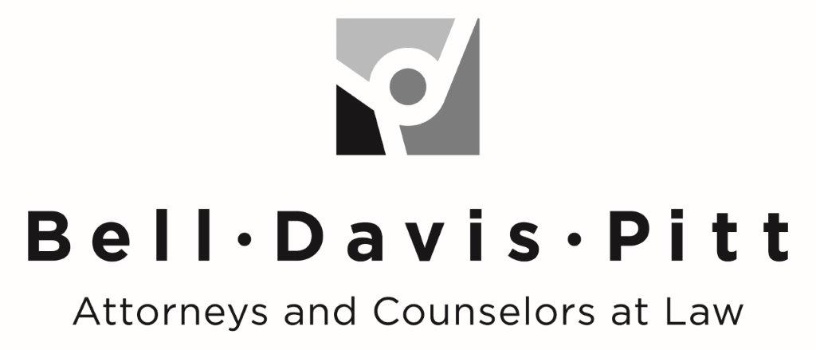Intellectual property disputes often present a difficult choice for rightsholders. It’s essential to protect the brands, trade secrets, and artistic content that you’ve worked hard to develop—not just to prevent market damage from encroaching parties, but also to maintain your legal rights in that material. But engaging in formal processes to advance those goals can quickly become costly.
The Costs of Intellectual Property Litigation
Intellectual property disputes regularly involve lengthy procedures, extensive discovery, and complicated procedural questions. Sometimes this process is necessary, or at least advantageous. But it often results in an uncertain outcome that satisfies neither party, leaving us with two losers and no winner.
Instead, some intellectual property disputes could be resolved with two winners through an alternative dispute resolution process known as collaborative law.
Introduction to Collaborative Dispute Resolution
North Carolina—along with 19 other states—has adopted the Uniform Collaborative Law Act, which empowers parties and counsel to maintain relationships while seeking practical, creative solutions to their legal disputes. Under collaborative law, the parties sign a participation agreement in which they promise to disclose relevant information and participate in the process in good faith and with respect. Legal counsel and neutral experts guide the discussion, but the parties personally drive the resolution of the dispute. Significantly, collaborative attorneys are focused on resolution and may not become litigation counsel if the process stops short of resolution. This reassures all parties that there are no wolves in sheep’s clothing.
In collaborative law, the parties utilize an interest-based negotiation model, which seeks to uncover the underlying motivations and interests beneath the surface of a particular demand or position. This is a useful principle even outside the formal collaborative process (in states that have not adopted the Uniform Collaborative Law Act, for example). By identifying their respective goals and business interests, the parties can find common ground and build lasting solutions that address the core sources of the dispute rather than burning everything down.
Collaborative Law in the Intellectual Property Context
This is a natural fit for intellectual property disputes. Unlike most civil litigation, the intellectual property arena often involves two parties without a prior antagonistic relationship. Remedies may include damages or royalties, but most frequently take the form of a negotiated settlement rather than a strictly monetary outcome. Collaborative law empowers the parties to skip the bad blood, get out of their entrenched positions, and work directly towards accommodating their compatible interests—without the steep costs and uncertainty of protracted litigation.
In a recent example, the Evermore theme park in Utah sued Taylor Swift for infringing its trademarks with her album by the same name. In response, Swift filed her own complaint asserting that the park had infringed several of her copyrighted songs. But this is all a conflict in search of an actual dispute. Swift wishes to use the Evermore name, and the park wishes to use Swift’s music. Each party could plausibly achieve its objective without any serious loss to the other. Even when the parties start from antagonistic positions, the collaborative approach offers an opportunity to end up with everyone closer to their desired outcome than where they started.
When the parties are less hostile, the collaborative approach can be even more effective. This has obvious applications for navigating the assignment of intellectual property rights when splitting up a partnership or business. Similarly, the collaborative law approach would likely be productive for resolving intellectual property licensing disputes. It might even find success in registration and infringement matters; rather than creating an adversarial relationship where there wasn’t one before, the parties may proceed openly towards an appropriate coexistence arrangement, consent-to-use agreement, or trademark license.
In sum, rightsholders can benefit from collaborative solutions to their intellectual property conflicts. Stepping outside the costly adversarial process, you can act on infringements that might otherwise be too cost-prohibitive to pursue, all while reaching resolutions that meet the business interests of the parties and are more likely to endure. Please contact one of our intellectual property attorneys to discuss whether your intellectual property dispute might benefit from this innovative and client-centered approach.






0 Comments